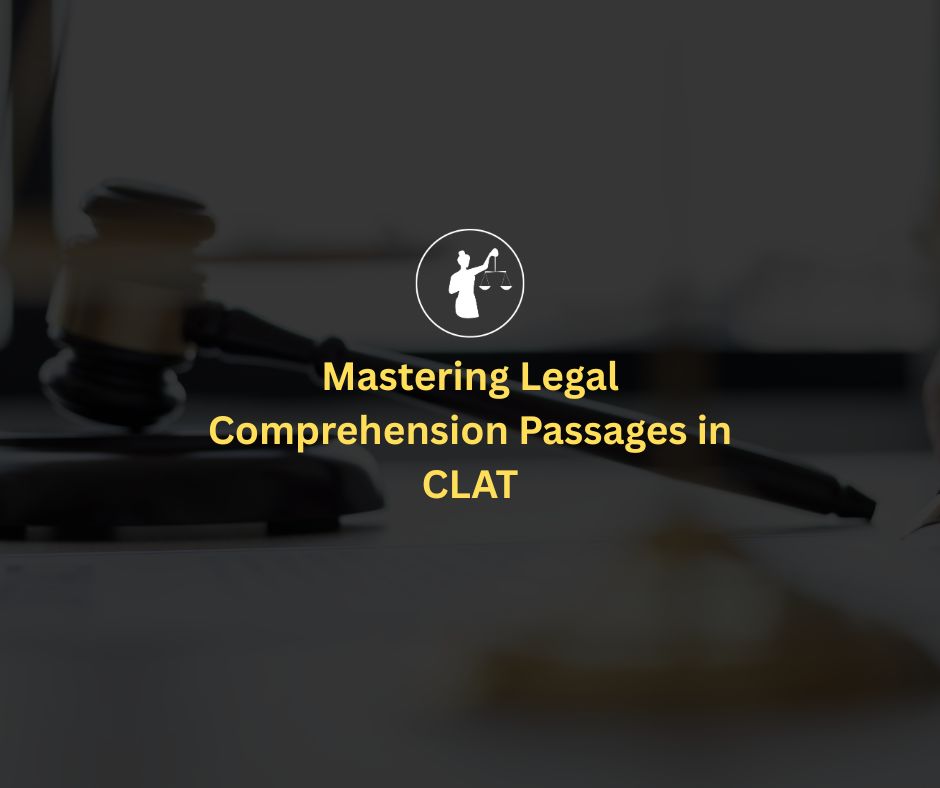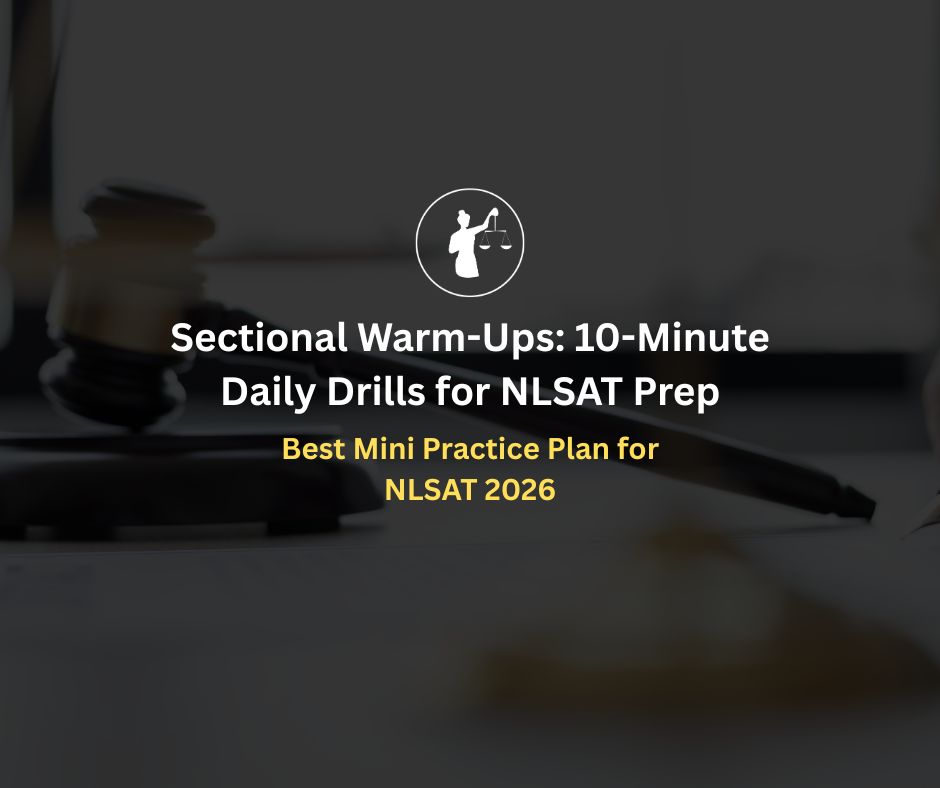_11zon)
Summary
Principle-Fact questions in the CLAT Legal Reasoning section ask you to apply a legal principle to a hypothetical situation.
Scoring 28+ in this section means understanding how to strictly interpret principles, ignore your prior assumptions, and think like a law student.
In this blog, discover structured techniques, smart practice strategies, and the right resources to elevate your performance under time pressure
Best CLAT Online Coaching 2026 – 2027 by NLTI
CLAT Legal Reasoning carries around 28–32 questions, accounting for nearly 25% of the paper .
A significant chunk of these are principle-fact types, where a legal rule is given, followed by a situation, your job: apply the rule precisely .
These questions are high-impact because:
You don’t need prior legal knowledge.
Mastery shows structured reasoning ability, crucial for law studies.
Many aspirants lose marks by overthinking or assuming external legal facts.
Each principle-fact question follows a pattern:
Principle → Facts → Choices
Your task:
1. Understand the principle as defined, do not infer anything beyond it.
2. Read facts line by line, matching them to the principle exactly.
3. Apply the principle unequivocally, ask: Which answer follows directly from this?
Example (adapted for clarity):
Principle: A contract is voidable if consent is obtained by coercion.
Facts: A threatens B to sign an agreement. B later cancels.
Correct Application: The contract is voidable because consent was coerced.
Read More : How to Score 28+ in CLAT 2026 GK: Daily & Monthly Preparation Strategy
Incorporating landmark statutes and judgments into practice builds sharper mental templates. For instance:
Article 14 (Equality before Law):
Distinguish similarly placed parties, arbitrary exclusion is unconstitutional .
Right to Privacy under Article 21:
Any infringement without justification is invalid .
Practice with simplified case-law scenarios not only improves accuracy but also aligns your reasoning with law school logic.
1. Daily Mini-Drill:
Attempt 10 principle-fact questions in 10 minutes. Focus on accuracy first.
2. Weekly Case Law Round-Up:
Summarize 3 landmark principles and one fact-set application from past CLATs or coaching modules.
3. Mock Review Discipline:
After each mock, track errors by principle-category. Re-practice only those areas.
4. Time Trial:
Practice under exam-style pressure, 30 Legal questions in 25 minutes, to build real exam stamina.
Read More : CLAT 2026 Logical Reasoning: Master Critical Inference
A. Mapping Patterns Through Legal Maxims and Defences
Beyond single-rule application, many CLAT questions hinge on exceptions, like consent, necessity, self-defence, or statutory authority.
Pay special attention to those, and understand how they interact with core principles. Track question patterns where exceptions override main rules.
B. Chunk Strategy for Timed Mastery
Practice under clock by splitting your process:
30 seconds to identify principle
60 seconds to process facts
20 seconds to eliminate options
10 seconds to pick and confirm answer
This habit builds fluency under pressure and keeps you operation-ready for exam day.
Official CLAT Sample Papers & Past Sets: The best reflection of exam tone and principle framing .
NLTI Practice Sets: Clean principle-fact questions with explanations help reinforce logic .
Structured Weekly Plan:
Incorporate legal reasoning drills into your weekly schedule, alternating between topic-focus and mixed mocks.
Daily (30 min):
Solve 5 principle-fact questions, review applied logic.
Weekly (2 hours):
Revise 20 tricky scenario logs; focus on why you erred.
Weekend (3 hours):
Take a full legal reasoning drill (5 passages) with strict timing.
Pre-Exam:
Simulate exam blocks with mixed sections for mental endurance.
Top scorers can tackle tricky fact patterns where principles compete or exceptions are key:
Look for words like "unless," "only if," "except", they change how the principle applies.
Practice multi-rule scenarios: e.g., self-defense vs. harm caused, apply hierarchy of principles, not just one.
Note that confused reasoning often comes from skipping these small qualifiers.
Read More: CLAT 2026 Time Management Tricks for Every Section: Ace Your Exam
At NLTI, we understand that precision in principle-fact reasoning distinguishes CLAT toppers. That’s why our Legal Reasoning modules include:
Deep-dive weekly workshops focused solely on principle-fact logic and structure, not rote strategies.
Coach-led case analysis using real judgments, so students internalize how to translate principle into scenario.
Error-log reviews after every mock to identify repeated fallacies, like over-generalizing or fact-slips—and correct them.
Timed legal drills and sectional assessments, to ensure you’re accurate under pressure and ready for CLAT 2026 on December 7, 2025.
CLAT 2026 Legal Reasoning isn’t about how much you know, it’s about how precisely you apply. With structured practice, strong logical flow, and NLTI’s mentorship, mastering principle-fact questions moves from stressful to second nature.
1. Are principle-fact questions fixed format then?
Yes, they typically provide a principle and a scenario requiring strict application.
2. Should I memorize legal jargon for these questions?
No. Focus on logic and application, not memorization.
3. Do principle-facts ever appear in RC sections?
Rarely. They're mostly in standalone legal reasoning passages.
4. Can using outside legal knowledge help?
No. CLAT strictly requires applying provided principles only.
5. How do exceptions in principle affect scoring?
They’re high-value areas, practice them to avoid misapplication, not penalization.
6. Is topic-based revision useful for principle-facts?
Yes. Group by topic (torts, contracts, constitutional) helps pattern recognition.
7. Can I skip reading principle if I know fact answers?
Never. Missing the principle risks logical misfires.
8. How important is case awareness (e.g., landmark cases) here?
Low. CLAT principles are self-contained, context matters but prior knowledge is non-essential.





